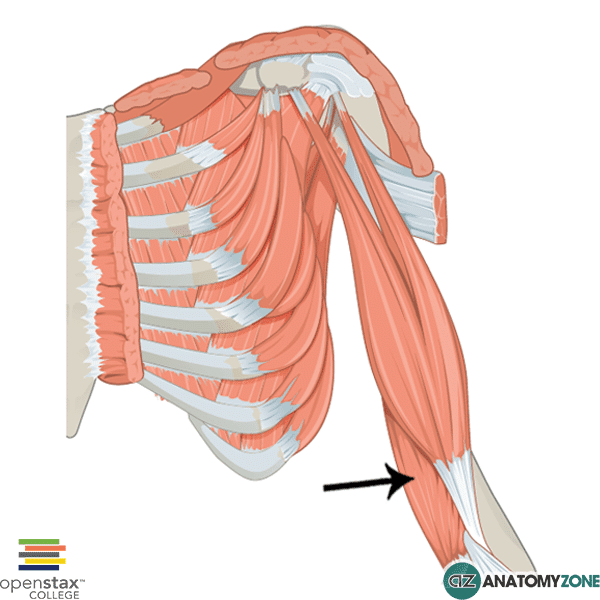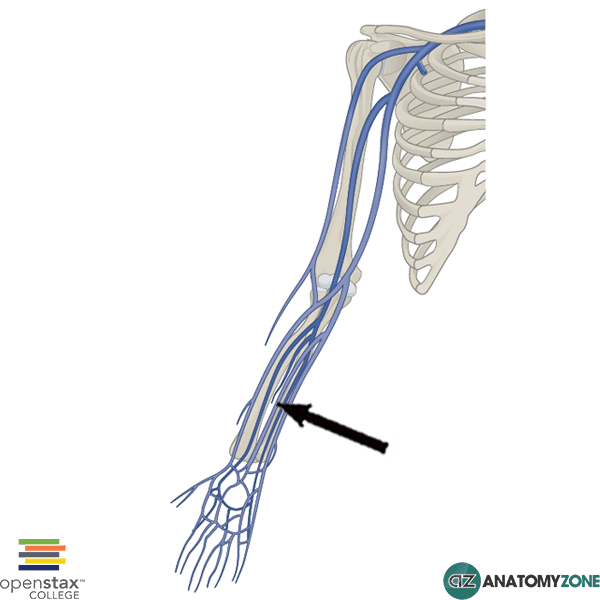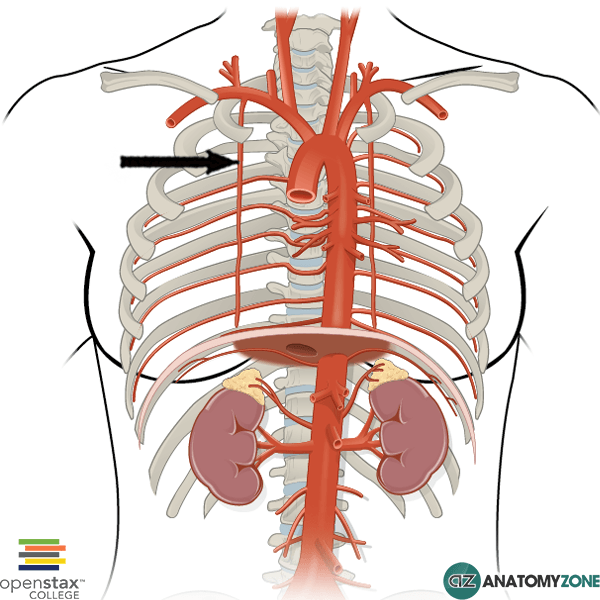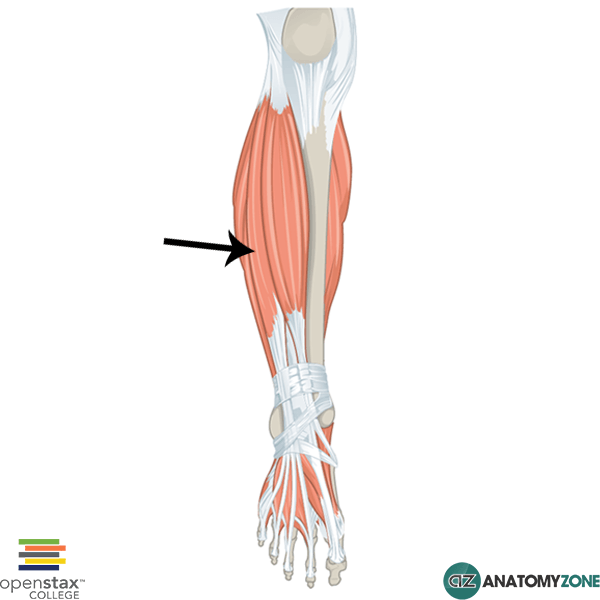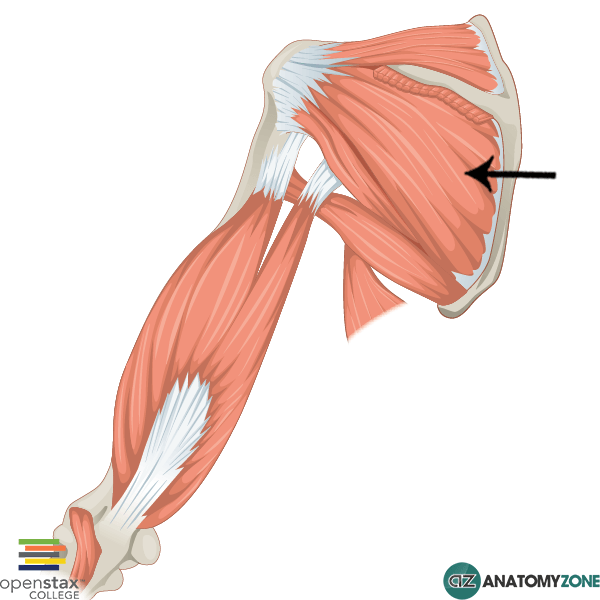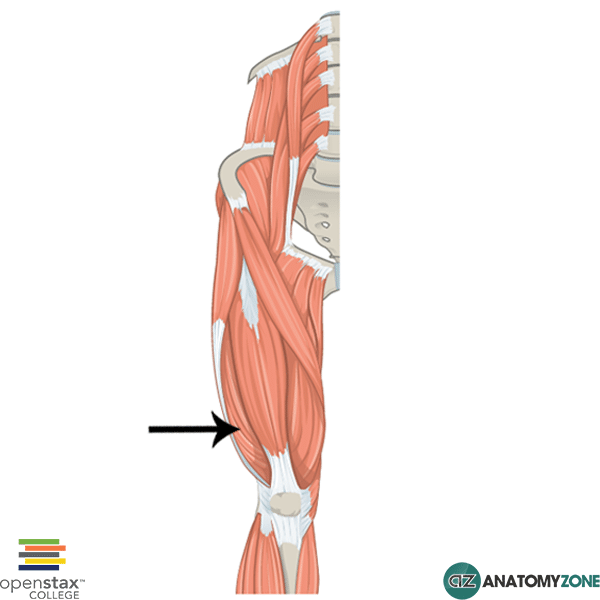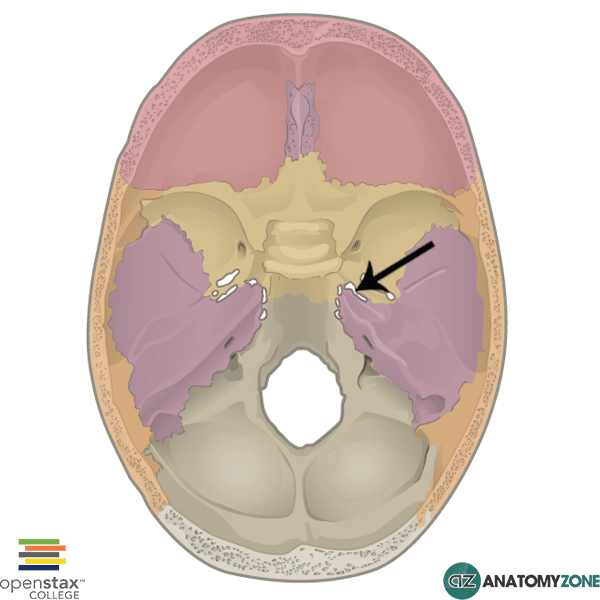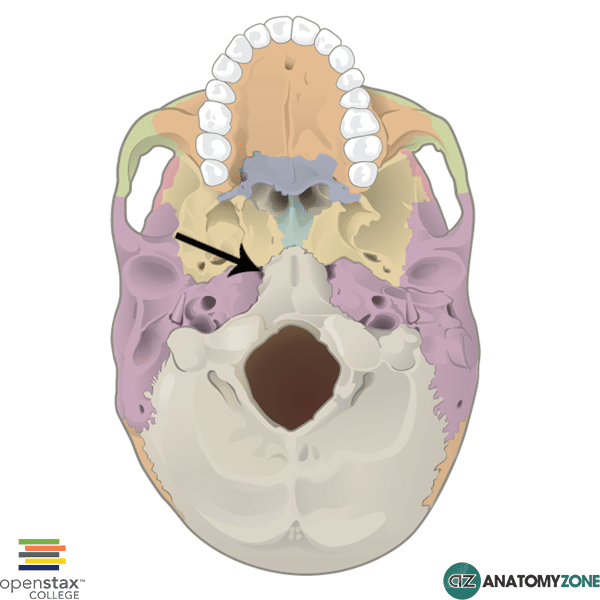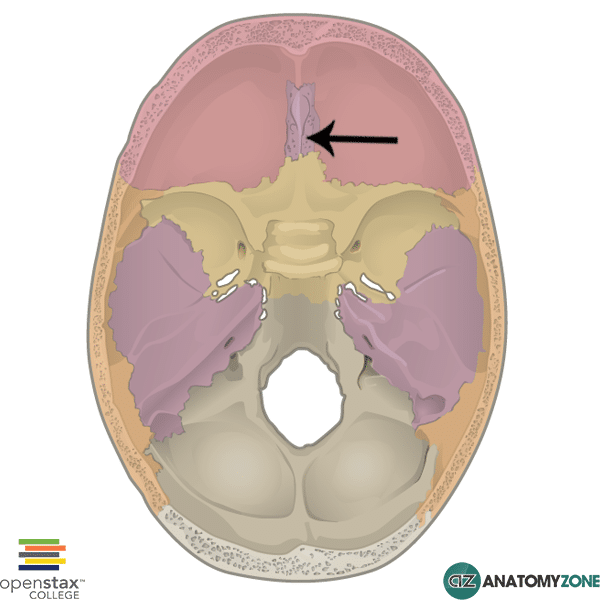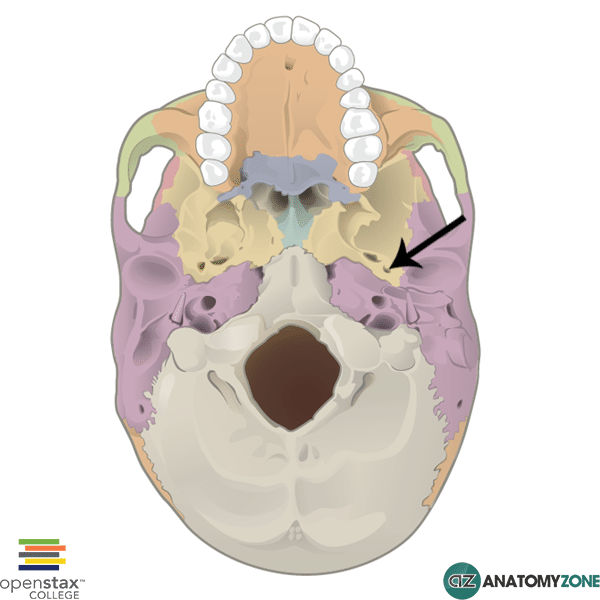The deep veins follow the same course as the arteries of the upper limb. We’ll start by looking at the superficial venous system and we’ll start distally. So looking here at this model of the dorsal aspect of the hand, we can see these paired veins on the dorsal surface of the fingers. These are the dorsal digital veins, and you can see that they unite to form dorsal metacarpal veins, which then drain to this network on the back of the hand – the dorsal venous network.
If I rotate the model around to the palmar view, we can see the palmar digital veins. These palmar digital veins join and drain into the dorsal digital veins via small oblique veins, known as the intercapitular branches. I’ve highlighted these intercapitular branches in yellow, and you can see how they drain into the dorsal digital veins on the dorsal surface of the hand.
The superficial venous system of the upper limb essentially consists of two main veins, which arise from the dorsal venous network. In green you can see arising laterally from the dorsal venous network, is the cephalic vein, and from the medial aspect of the dorsal venous network, we’ve got the basillic vein, which I’ve highlighted in purple.
I’ve just zoomed out a bit and you can see the course of the basilic and cephalic veins. If I rotate around anteirorly, you can see how they curve around anteriorly just before the elbow joint. At the antecubital fossa, the cephalic and basilic veins are joined. There is a lot of anatomical variation from individual to individual and in this model, one particular configuration is shown. So if we look distally again, we can see this venous network on the palm of the hand – this is the palmar venous network and its drained by this vein which runs down the midline of the forearm. This is the median antebrachial vein. So median – middle, ante – in front of, brachial – referring to the arm. So it’s the median antebrachial vein, and in this particular model the median antebrachial vein is shown splitting into two and connecting to the cephalic and basilic veins. These two veins are known as the median cephalic vein and the median basilic vein, respectively. Another common configuration at the antecubital fossa where the cephalic vein drains into the basilic vein directly, is via this vein known as the median cubital vein, and this vein joins the cephalic vein to the basilic vein directly. In this case, the median antebrachial course may take a different course, so it might drain into the basilic vein, rather than forming these two veins – the median cephalic and the median basilic veins. These veins in the antecubital fossa are common sites for venepuncture, as they are large and superficial veins and make good IV access points.
I’ve just brought the model a little further proximally, and we can see how the basilic vein runs medially and it pierces the brachial fascia to enter the deep compartment of the arm. I’ve just made this fascial layer transparent, and you can see how the basilic vein drains into the deep brachial veins. The deep brachial veins are paired veins which accompany the brachial artery, and they drain into the axillary vein at the level of the inferior margin of the teres major muscle, which you can see here. Rotating around back anteriorly, let’s take a look at the course of the cephalic vein.
After passing above the elbow joint, the cephalic vein ascends lateral to the biceps brachii muscle and you can see here how it passes between the deltoid muscle and the pectoralis major muscle, in what is known as the deltopectoral groove. It then passes into the deltopectoral triangle, which is also known as the clavipectoral triangle, where it pierces the clavipectoral fascia to drain into the axillary vein. The deltopectoral triangle is this triangle that’s bordered by the pectoralis major muscle, the deltoid muscle and the clavicle.
As I mentioned before, the axillary vein is a continuation of the brachial vein after the point where the basilic vein drains into it. The axillary vein then becomes the subclavian vein, and the subclavian vein joins the internal jugular vein to drain into the brachiocephalic veins, which are also known as the innominate veins, and the innominate veins, or the right and left brachiocephalic veins drain into the superior vena cava, which then drains into the right atrium of the heart.
Now just a few quick notes about the deep venous system of the upper limb. The deep veins of the upper limb follow the arteries, so in the hand you’ve got the superficial and deep palmar venous arches which accompany the corresponding arterial arches. And then coming off these deep venous arches, you’ve got the radial and ulnar veins, which accompany the radial and ulnar arteries of the forearm. These veins which accompany the arteries are known as venae comitantes, which is simply Latin for accompanying veins. Just before the elbow, the radial and ulnar veins unite to form the paired brachial veins, which accompany the brachial artery.
If you’d like to get a better idea of the structure and course of the deep venous system, then I’d advise you to watch my previous tutorials on the arterial supply to the upper limb, where I cover this in a lot more detail.
So that’s a brief walk through the venous system of the upper limb.
